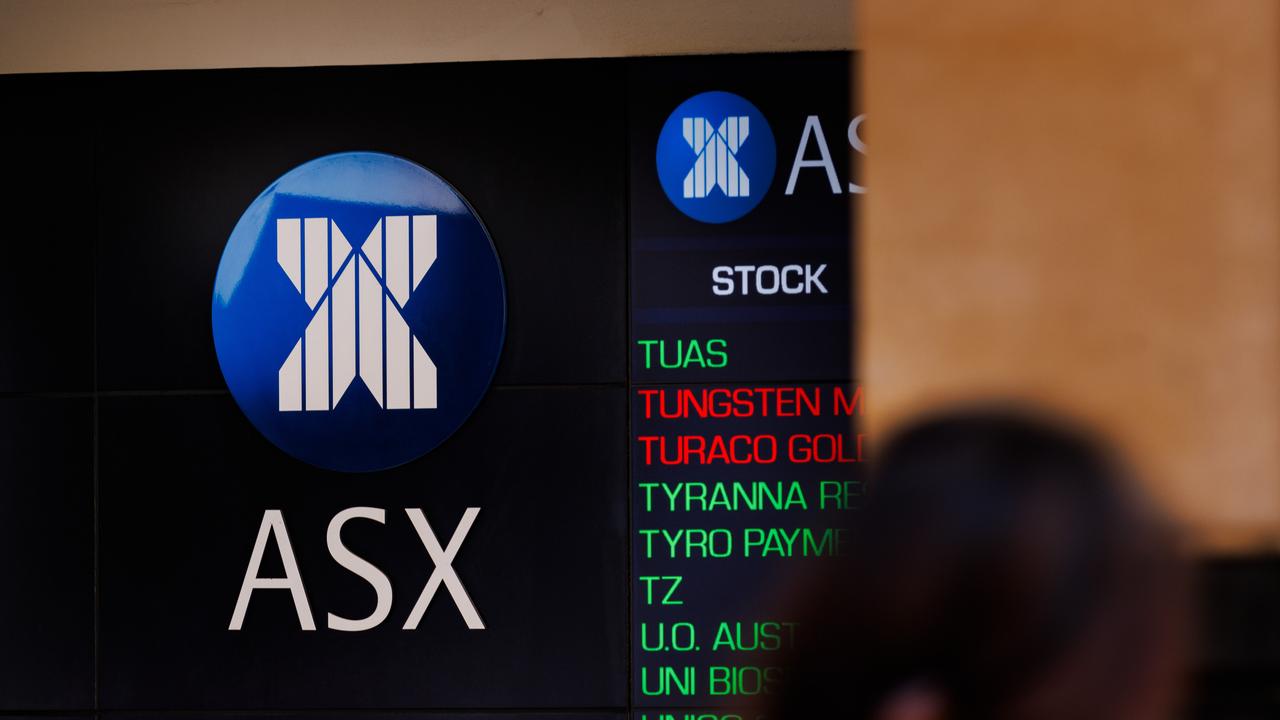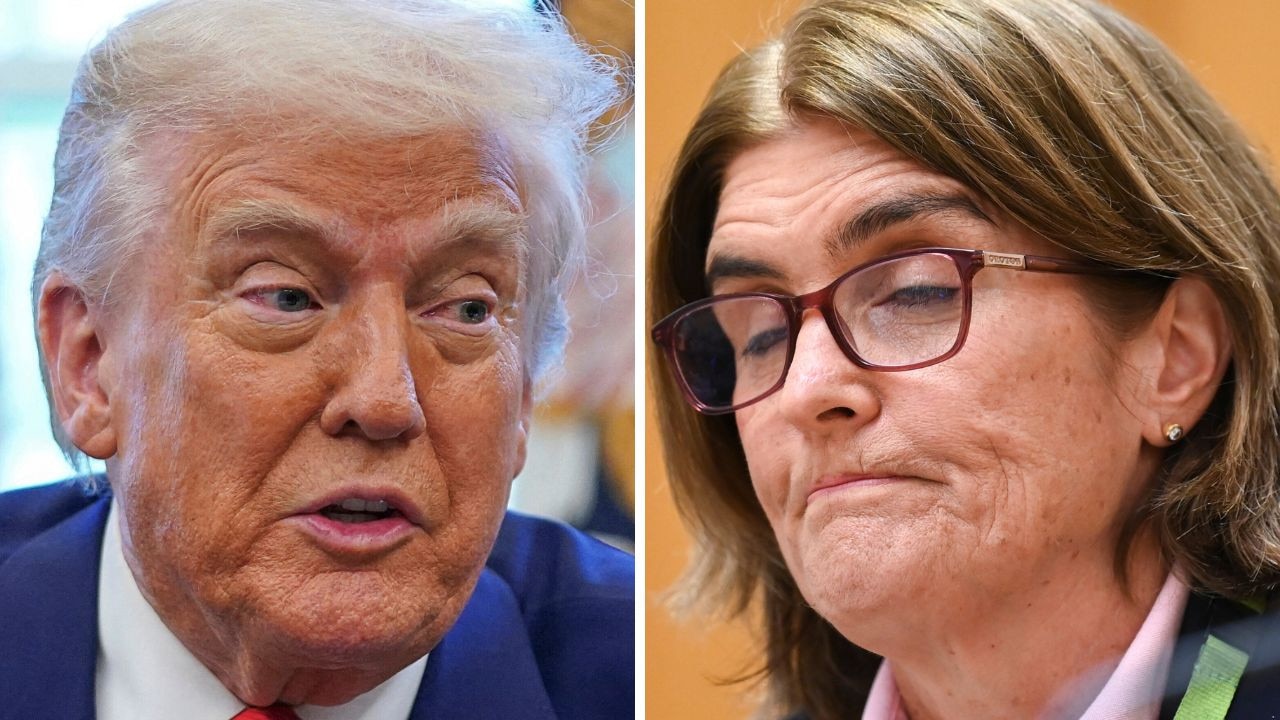Crime-ridden San Francisco’s homeless drug addicts cleared out ‘overnight’ ahead of Xi Jinping visit
Homeless drug addicts plaguing one of the most crime-ridden cities in the US have cleared out “overnight” — and the reason is sparking outrage.
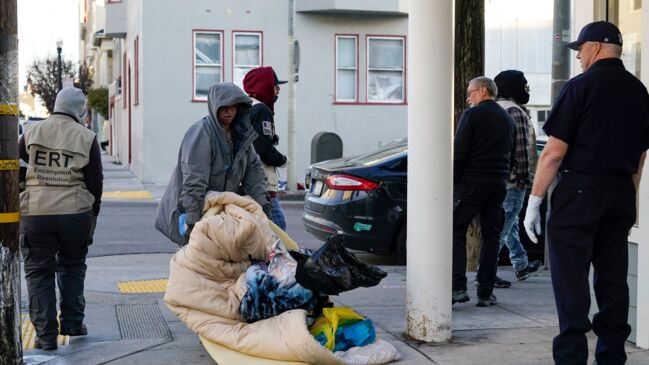
US officials have cleared the streets of San Francisco’s downtown area of drug addicts, dealers and homeless people ahead of a visit by Chinese President Xi Jinping, sparking outrage from long-suffering residents in the crime-plagued city.
Rows of tents and piles of refuse have given way to powerwashed pavements and no-nonsense, black metal fencing, while the crowds of transients openly dealing and using drugs were nowhere to be seen on Friday ahead of the start of the Asia-Pacific Economic Cooperation (APEC) summit, which began on Saturday and runs through to November 17 with up to 30,000 people expected to attend.
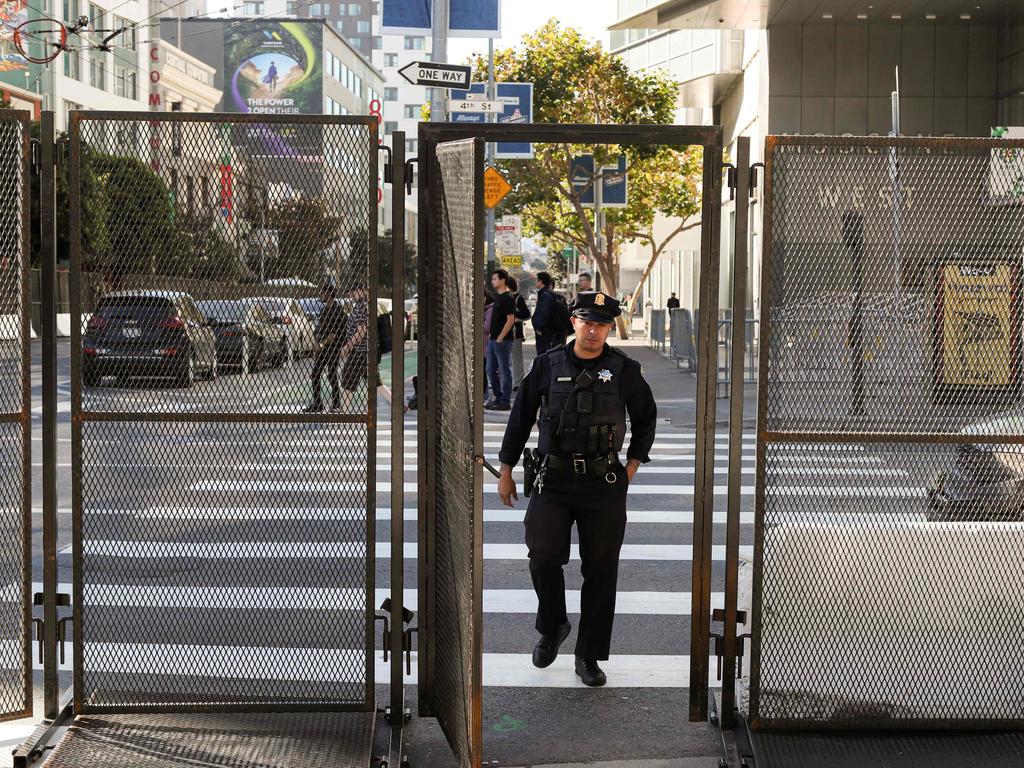
President Xi will join 21 world leaders at APEC and is set to meet with US President Joe Biden on the sidelines of the summit on Wednesday.
Fittingly, among the issues expected to be discussed by the two leaders is fentanyl, the powerful synthetic opioid largely manufactured in China that caused the bulk of more than 100,000 drug overdose deaths last year, and has turned large parts of major cities like Philadelphia, San Francisco and Baltimore into “zombie” wastelands.
San Francisco’s homeless population was entirely cleared out for Xi Jinping.
— End Wokeness (@EndWokeness) November 12, 2023
The government can easily fix our cities overnight. It just doesn’t want to.pic.twitter.com/tBGmWCbwtX
Last week, San Francisco officials began clearing out seven intersections in the Tenderloin and South of Market, or SoMa, neighbourhoods which are home to some of the more concentrated encampments where drug-addled people high on fentanyl and heroin can be seen passed out on the streets every day.
“They started clearing the tents earlier this week and there is definitely a lot more police presence,” SoMa resident and community activist Ricci Lee Wynne told the NY Post on Friday.
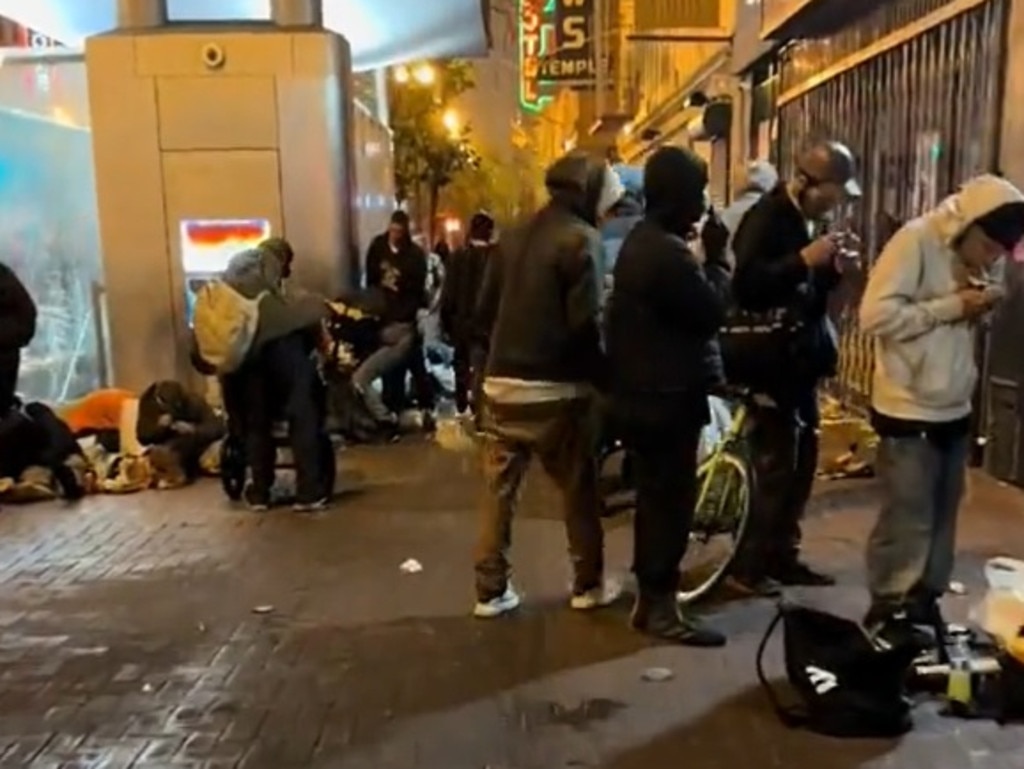
“They’ve cleared out the tents that were near the Moscone Center on Howard Street, which tells me the city had the capability to do this all along — instead they just do the bare minimum. Once APEC is gone, police presence will start to simmer down again, the tents will return. And it will slowly flare up again. What we need is a permanent solution.”
Footage of the cleaned-up city has gone viral on social media.
“San Francisco’s homeless population was entirely cleared out for Xi Jinping,” wrote popular X account End Wokeness. “The government can easily fix our cities overnight. It just doesn’t want to.”
San Francisco:
— I Meme Therefore I Am 🇺🇸 (@ImMeme0) November 12, 2023
Before Xi After Xi
visit visit
announcement announcement pic.twitter.com/YrwVU6Az9K
Another X user said, “A giant middle finger insult to the residents of San Fran — we can clean up the city for elite guests of our government, but we don’t give a damn about cleaning it up for the commoners.”
A third agreed, “San Francisco suddenly cleans up when a communist leader visits, but ignores its own people every other day? The city shows it CAN fix things fast — but only for show.”
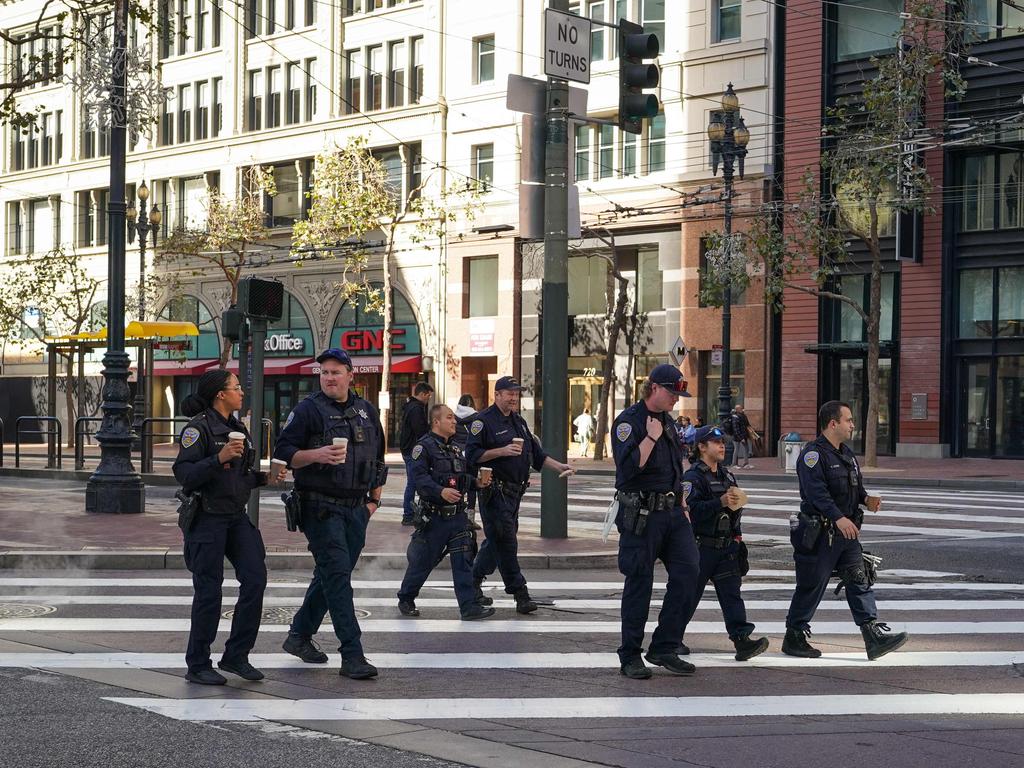
In August, employees in the Nancy Pelosi Federal Building, located on the corner of Seventh and Mission Streets, were advised to work from home because the fentanyl market outside and dozens of drug addicts congregated around the entrances and adjacent alleys made it too dangerous to enter.
But with the area now fenced off, the drug dealers and addicts have disappeared, paving the way for employees to safely return.
San Francisco before and after
— Citizen Free Press (@CitizenFreePres) November 12, 2023
For Americans For Xi Jinping pic.twitter.com/XYcR7gfGDR
“The President is coming. They want nicer looking streets,” homeless “traveller” Kirsten Thomas, 30, told The New York Times.
But residents and business owners told the NY Post it appeared the homeless had just been pushed to other parts of the city and feared attempts to “herd” transients and drug addicts were only a “Band-Aid” to a severe problem as drug overdoses continue to plague the city.
SoMa resident and business owner Adam Mesnick told the NY Post he had seen temporary housing pop up in hotels for some of the homeless over the past week.
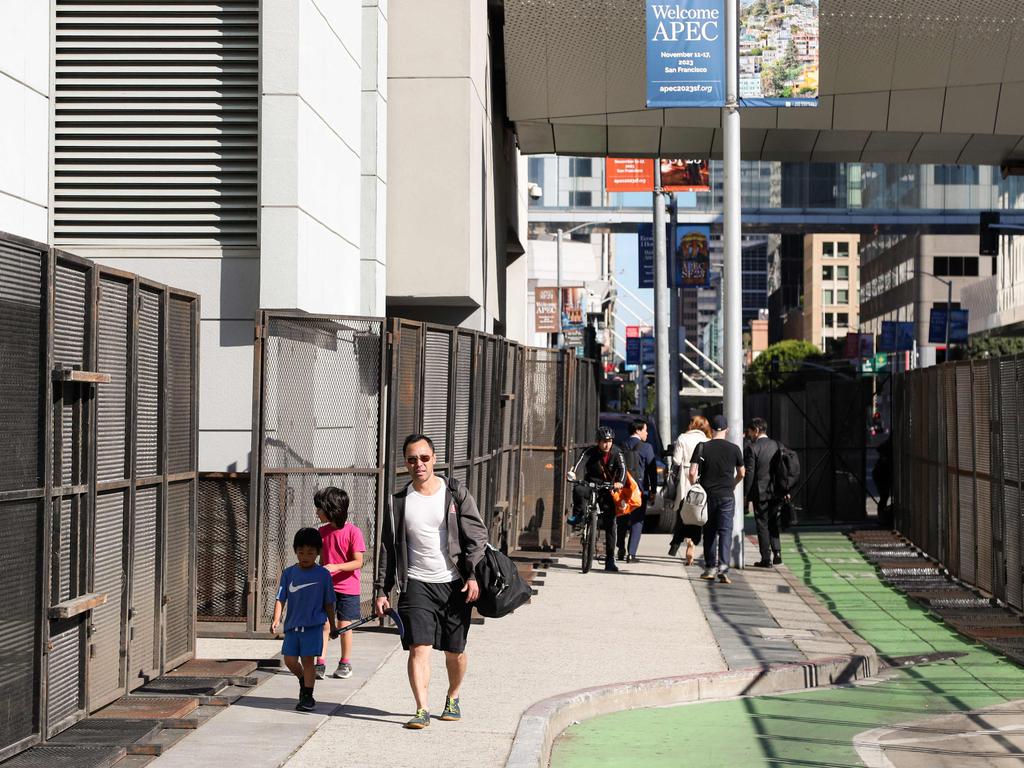
“They are just essentially herding the problem around but offering no long-term solutions,” Mr Mesnick said. “I’m just outside what they consider the ‘containment zone’ for APEC, so the problem is getting pushed into my area, which is already pretty saturated with drug activity. I don’t know if these tents will be in physical view during APEC, but it will be virtually impossible to eliminate all of that.”
Fentanyl-related drug overdoses remain a huge problem in San Francisco.
The city is expected to have a record-breaking year of fatal overdoses and is on track to reach 800 deaths this year, according to data released last month by the Office of the Chief Medical Examiner.
“From January through September the first nine months of 2023 there have been a total of 620 overdose deaths,” director of San Francisco Behavioral Health Services Dr Hillary Kunins told local news station KRON last month.
That means there are an average of two fatal overdoses per day, a majority of which are caused by fentanyl, Dr Kunins said.
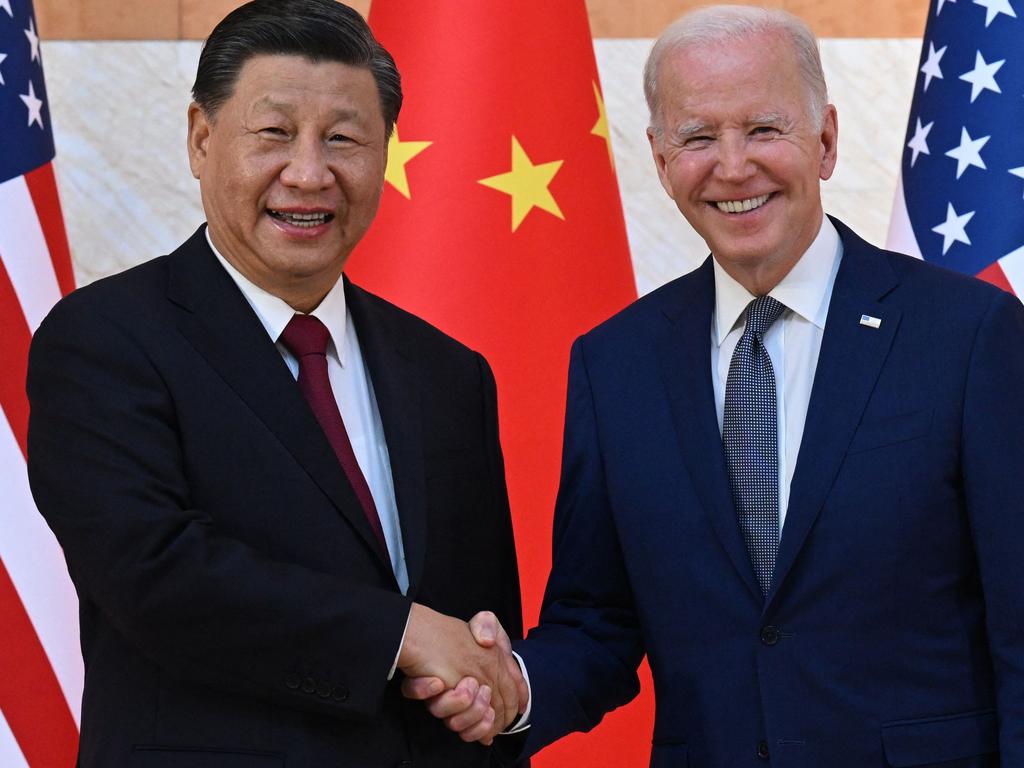
Speaking to The New York Times, city leaders said they hoped the APEC conference would be the catalyst to help San Francisco bounce back after an exodus of retailers and tech workers and surge in crime.
“This is a huge opportunity, and we’ve been planning this down to the gnat’s eyebrow,” Aaron Peskin, president of the San Francisco Board of Supervisors, told the newspaper.
Meanwhile, the city added 300 more beds to its shelters, but it is unclear how many will be available in time for APEC.
“The daily allotment will vary throughout the conference,” said homelessness department spokesperson Emily Cohen. “But we are making every effort to maximise shelter capacity across our portfolio for the community to access during APEC and ongoing.”
Homeless advocates said they feared the city was not addressing the underlying issues.
“It’s a very surface-level clean-up where they’re just trying to hide the presence of homeless people rather than addressing the issue,” Jennifer Friedenbach, executive director of the Coalition on Homelessness, told The New York Times.
— with NY Post




